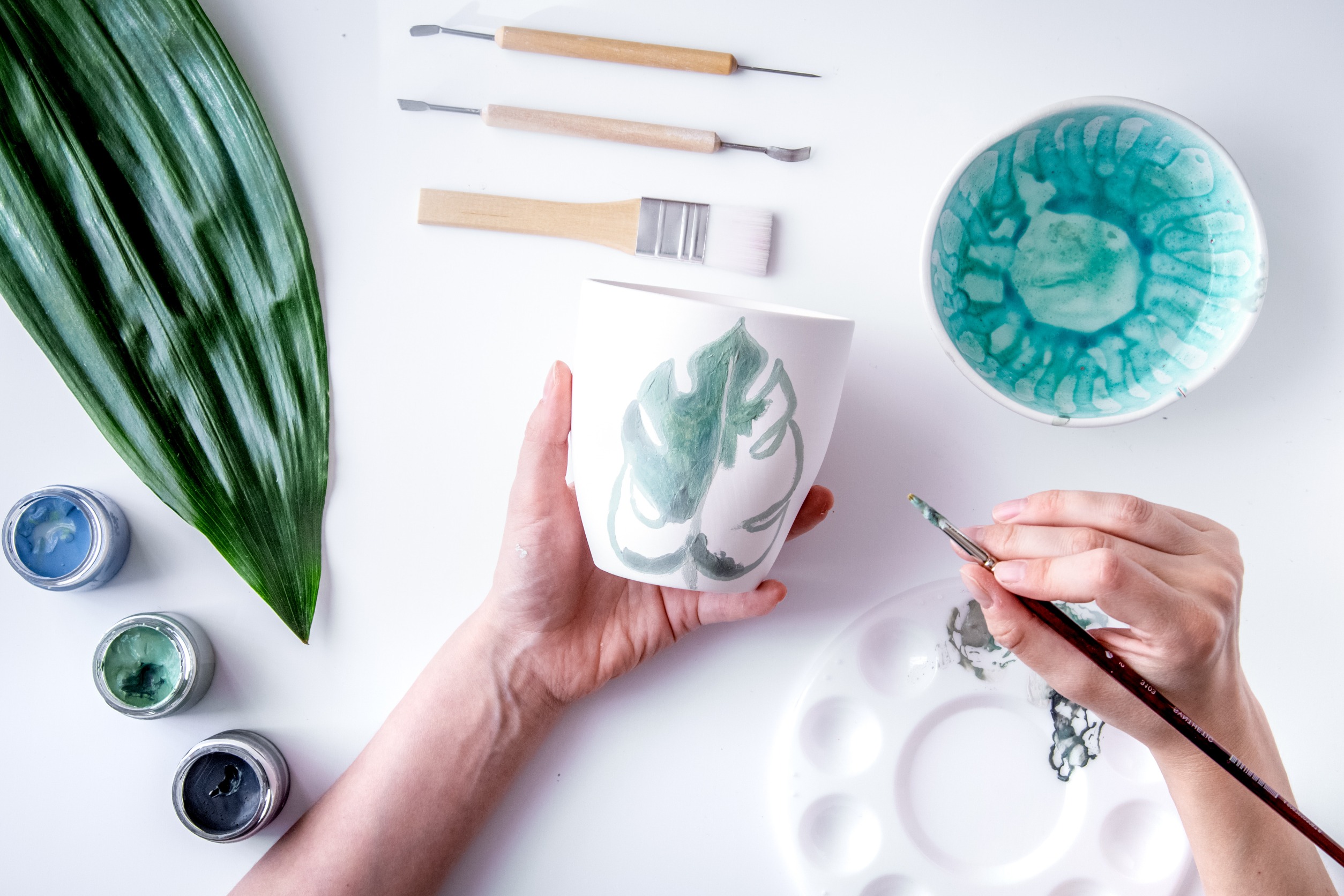Crafting has long been a popular pastime. It enables people to work with their hands, let their creativity run wild, and create something beautiful or practical. However, hybrid crafting is a new trend recently taken the crafting world by storm.
This creative method combines several materials and crafting methods to produce one-of-a-kind, highly customized pieces. Here are five strong arguments for trying this intriguing craft form if you haven’t already.
Unleash Unlimited Creativity
The Strength of Combination Methods
Combining several crafting techniques is one of the most fascinating features of hybrid making. Consider fusing digital design with papercraft or knitting and needlework. The outcomes can be remarkable, and the options are virtually limitless. This flexibility to combine techniques pushes the limits of what you can produce in addition to testing your abilities.
Customized Works of Art
A whole new degree of customization is possible with hybrid crafting. You can add more individuality to each project by combining different techniques. Your projects will represent your style, whether it’s a crocheted blanket with embroidered patches or a scrapbook embellished with calligraphy and decoupage.
Develop New Skills
Extending Your Horizons in Crafting
Learning new abilities and stepping outside of your comfort zone are encouraged by hybrid crafting. For example, why not incorporate some needlework onto your canvas if your primary medium is painting? Or, if you enjoy woodworking, consider incorporating some staining or painting methods.
This ongoing learning makes Your creating experience even more fulfilling, which keeps your hands and minds active.
Being Skilled in Several Crafts
You inevitably acquire various skills as you experiment with various crafting methods. You’ll develop your skills in various trades throughout time, becoming a versatile craftsman. Your skill set will make you stand out in the crafting community, which can be especially helpful if you want to sell your products or create custom pieces.
Sustainable Crafting
Sustainable Crafting Options
Reusing and upcycling materials is a common practice in hybrid making. You can incorporate leftovers from past endeavors into new products rather than throwing them away. In addition to reducing waste, this revitalizes items that would otherwise wind up in landfills. By taking up hybrid making, you’re supporting a more environmentally responsible and sustainable pastime.
Economical Crafting
You can save money by using resources you already have. You can mix and match your existing resources rather than purchasing new ones for each project. This economical method is extremely helpful for individuals on a tight budget, making hybrid an affordable way to indulge your interest.
4. Unique Gifts and Home Decor
Unique Presents
Nothing compares to presenting a handcrafted gift. It is genuinely unique, considerate, and intimate. This is enhanced by hybrid craftsmanship, enabling you to produce handmade and highly distinctive gifts.
A mixed-media artwork or a hand-painted mug with a crocheted cozy might be thoughtful gifts that your loved ones will cherish.
Personalized Interior Design
Hybrid crafting enables you to customize home décor items to your tastes and preferences. Consider a wall hanging that mixes macramé and weaving or a colorful cushion with embroidered and patchwork. These personalized pieces become discussion starters in addition to improving your living area.
5. Therapeutic Benefits
Reduction of Stress
The therapeutic advantages of crafting are well documented. It can give one a sense of accomplishment, elevate mood, and lessen stress. Hybrid crafting further enhances this, which keeps your mind active while you alternate between methods. You can escape from the everyday grind and experience tremendous rewards from this cerebral stimulation.
Creating a Community
Participating in hybrid making also helps you meet more people who share your interests. Local crafting clubs, social media groups, and online forums are excellent venues for exchanging ideas, picking up new skills, and showcasing your work. Community participation can offer encouragement, inspiration, and support to continue crafting.
Beginner’s Guide to Crafting
1. Begin with the basics
Start with easy crafts that blend two methods if you’re new to hybrid making. Make a scrapbook page using both hand-lettering and stamping, for example. You can try out increasingly intricate combinations as your confidence grows.
2. Gather Your Supplies
Assemble all required materials before beginning a job. Fabric, paint, yarn, paper, and other tools may be included. Having everything on hand reduces interruptions and guarantees a seamless creating session.
3. Look for Inspiration
Anywhere can be an inspiration source, including publications, nature, websites like Pinterest, and blogs about crafts. Be bold, apply concepts you find elsewhere, and use them in your work.
4. Participate in a Workshop
Workshops on hybrid crafts are available at many craft stores and community centers. These can be quite helpful for meeting other crafters, picking up new skills, and gaining practical experience under an expert’s supervision.
Concluding remarks
A fun and satisfying approach to improving your crafting skills is through hybrid crafting. You can produce one-of-a-kind, customized objects that showcase your abilities and creativity by fusing various methods and materials. It encourages thrift and sustainability and provides countless chances for individual expression. Furthermore, its camaraderie and therapeutic advantages are just the cherry on top.

